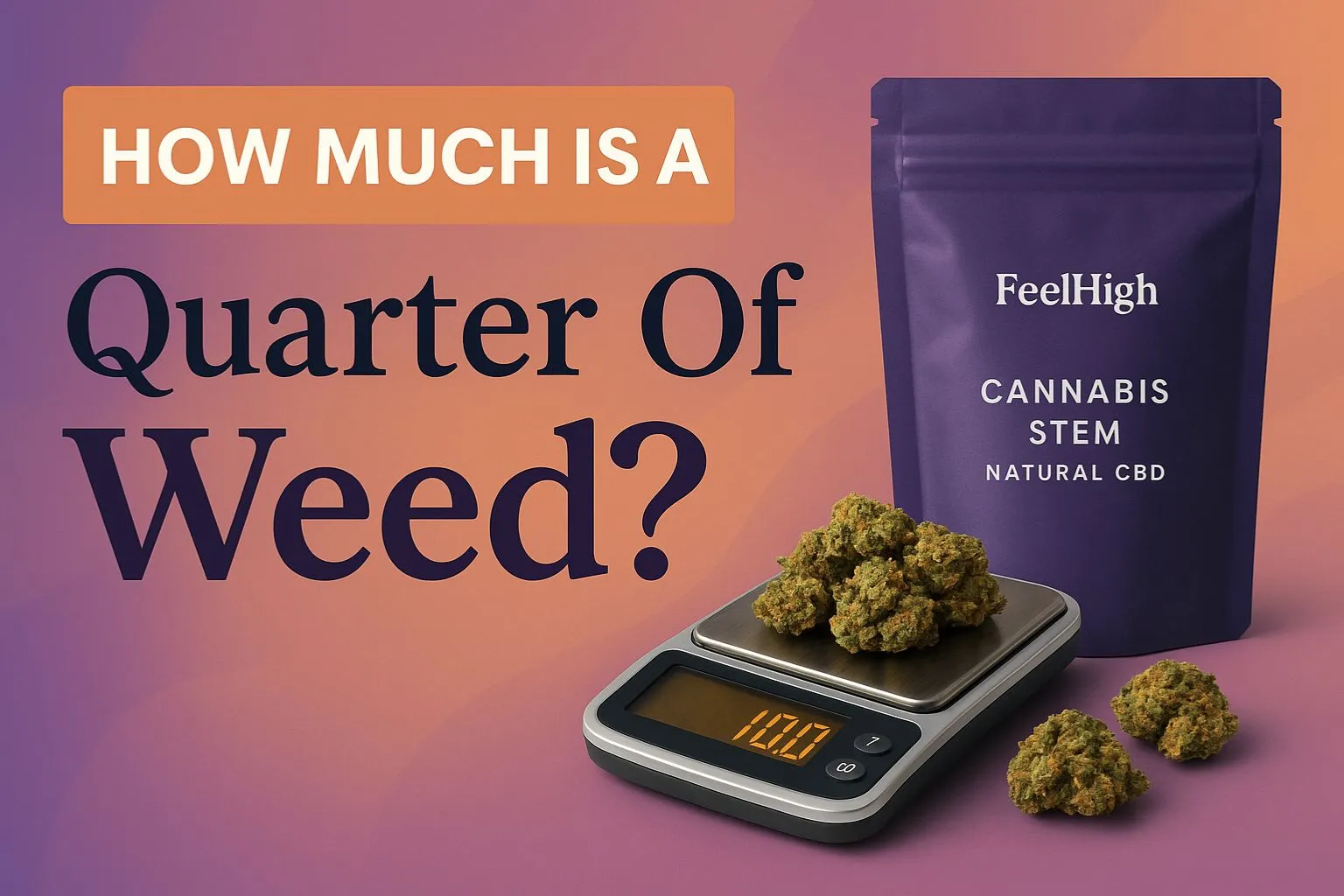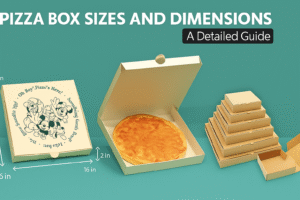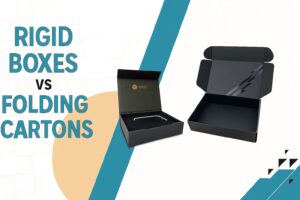Cannabis has become one of the most widely discussed products in both medical and recreational markets, and understanding its measurements is key for buyers and sellers. Among these, a quarter of weed stands out as a popular choice, balancing affordability and quantity for regular users. Knowing exactly how much a quarter weighs and what it costs helps consumers plan purchases more effectively.
Beyond measurements, factors like strain quality, state regulations, taxes, and packaging all influence the final price. Whether you’re a new consumer or an experienced buyer, learning about quarters, pricing, and storage ensures you make informed and cost-effective decisions.
Table of Contents
ToggleQuick Summary
A quarter of weed equals 7 grams (¼ ounce), making it one of the most common cannabis quantities. Prices usually range between $25 and $60 in U.S. legal markets, but costs vary depending on strain quality, local taxes, regulations, and demand. Accurate measurement using digital scales ensures fairness, while proper weed packaging (like airtight mylar bags) preserves freshness and potency. Understanding these basics helps buyers make smarter, cost-effective purchases.
What A Quarter Of Weed?
Buying cannabis requires knowing how much you’re actually getting, and a quarter of weed is one of the most common quantities sold. Equivalent to about 7 grams, this amount is often chosen by both casual and regular users for its balance between quantity and affordability.
The exact weight matters because it affects pricing, consumption planning, and overall value. Different strains vary in density and potency, so understanding how a quarter translates in size and weight helps buyers make informed choices. Accurate measurement also ensures fairness when purchasing from dispensaries or trusted sellers, preventing overpaying or under-receiving.
The Power of Packaging: Protect, Impress & Sell More
At Prime Customize Boxes, we believe packaging is more than protection it’s your product’s first impression. Good packaging keeps items safe from damage and contamination while extending freshness and shelf life. More importantly, it tells your brand’s story, attracts customers, and sets you apart in a competitive market. Smart packaging builds trust and turns every product into a marketing opportunity.
The Measurement For a Quarter Of Weed
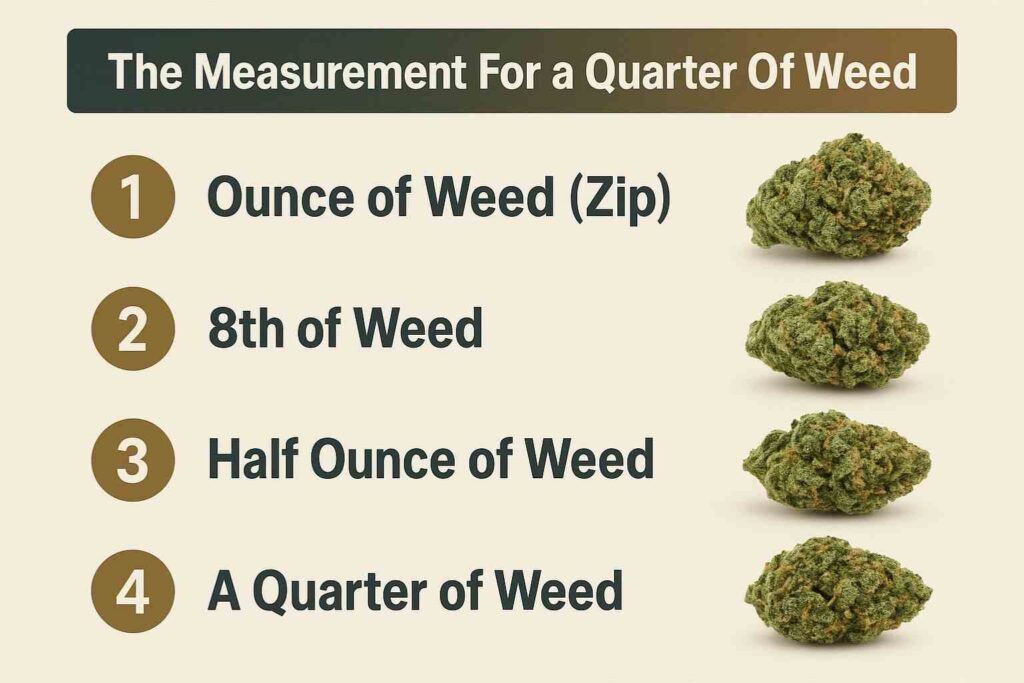
Cannabis is available in a variety of standard quantities, including grams, eighths (3.5 grams), quarters (7 grams), halves (14 grams), and ounces (28 grams). These measurements cater to different user needs, whether for occasional use, daily consumption, or trying new strains.
Legal dispensaries typically adhere to these standard sizes to ensure accurate and consistent purchases, giving customers confidence in what they are buying. In contrast, illicit markets may rely on informal or imprecise methods, leading to potential discrepancies. Understanding these measurement differences helps consumers make informed decisions, manage their usage effectively, and ensure they get fair value for their money.
- Ounce of Weed (Zip): Equal to 28 grams, this measurement is preferred by bulk buyers and frequent users who need larger quantities.
- 8th of Weed: Equal to 3.5 grams, making it one of the most common and convenient choices for casual consumers.
- Half Ounce of Weed: Equal to 14 grams, ideal for moderate users who want enough supply to last for several weeks.
- A Quarter of Weed: Equal to 7 grams, offering a practical middle ground between small purchases and bulk buying.
How a Quarter of Weed is Measured
Measuring a quarter of weed requires precision to ensure accuracy and fairness in transactions. Typically, it equals 7 grams, or one-fourth of an ounce. Using calibrated digital scale or balance scales guarantees exact amounts, preventing disputes and helping buyers manage consumption while maintaining the quality and consistency of their cannabis purchase.
Grams in a Quarter and Conversion Methods
A quarter of weed is traditionally understood as 7 grams, or one-fourth of an ounce. Conversion methods are simple 28 grams equals one ounce, so dividing by four gives 7 grams. Accurate weighing is crucial for both sellers and buyers to avoid disputes and maintain trust. Scales used by dispensaries are calibrated to measure in grams to ensure precision, making it easy for consumers to confirm their purchase.
Some dispensaries also provide pre-packaged quarters, which can reduce measurement errors. Using precise scales prevents overpaying and ensures that every transaction is fair. The ability to understand and convert cannabis measurements empowers users to manage their consumption responsibly, especially when experimenting with different strains and potencies.
Tools and Instruments for Precise Measurement
Accurate measurement requires reliable tools. Digital scales are the most common instruments, offering precise readings down to 0.01 grams. Other methods, like balance scales, are also used in some dispensaries. Investing in a high-quality scale at home ensures that your quarter purchase is exactly as advertised.
For those seeking convenience, zip seal mylar bags are increasingly used. These bags provide secure storage and prevent the weed from spilling, maintaining its quality while allowing easy measurement and access. Their airtight seal also helps preserve potency and flavor over time, making them a preferred option for both retail and personal use.
Visual Guide to Quarter-Sized Weed
Estimating the right amount of cannabis becomes easier when you can compare it to familiar objects. A quarter of weed usually fits in the palm of your hand and resembles a small golf ball or compact pouch. Visual cues help users assess quantity, quality, and consistency without relying solely on scales.
Size Comparisons to Everyday Objects
Visually estimating a quarter of weed can help buyers understand what to expect without needing to weigh it constantly. A quarter typically fills a small palm-sized pouch and can be compared to everyday objects like a golf ball or a small computer mouse. Understanding these visual cues helps prevent confusion when purchasing from dispensaries or informal sources.
In addition, seeing the weed laid out allows users to inspect its quality. Bud density, trichome coverage, and color are important indicators of potency and freshness. Observing a quarter-sized portion visually provides reassurance that the purchase aligns with expectations.
How to Visually Estimate a Quarter Without Scales
For those without access to a scale, experience and visual estimation are key. Breaking down the quarter into smaller sections, such as halves or quarters of the total portion, can help approximate the correct amount. Regular users often develop a keen eye over time to gauge weight accurately.
It’s also useful to compare the estimated portion with pre-packaged quarters from trusted dispensaries. Consistency in visual cues, combined with tactile feedback, ensures that even without a scale, buyers can receive a fair measurement.
What Factors Can Affect the Price of Marijuana?
The cost of marijuana doesn’t remain constant, as it is influenced by several dynamic factors. Quality, potency, and strain type play a major role, with premium varieties costing more. External conditions like local laws, availability, and demand also shape the final price consumers pay.
- Strain Quality: Higher THC or CBD levels increase price.
- Seasonal Changes: Harvest cycles impact availability.
- Local Supply and Demand: Shortages raise costs.
- Taxes and Regulations: Legal markets add extra fees.
- Dispensary Location: Urban areas often offer competitive pricing.
Best Instrument For Accurate Weed Measurement
When it comes to measuring cannabis, precision is essential to ensure fair transactions and proper dosage. The most reliable tool for this purpose is a digital scale. These scales can measure down to fractions of a gram, making them the industry standard in dispensaries and for personal use. Their accuracy helps avoid under or over-measuring, ensuring consistency every time.
Digital pocket scales are especially popular among consumers because they are portable, affordable, and easy to operate. Many models come with features like tare functions, allowing users to subtract container weight for exact measurements. This convenience makes them ideal for everyday use at home.
For dispensaries and larger operations, professional-grade bench scales provide advanced accuracy and durability. These are often calibrated regularly to comply with legal standards and consumer protection laws. Whether for personal or commercial purposes, investing in a reliable scale guarantees that cannabis quantities are always measured accurately, maintaining trust and quality assurance.
Read More: How Many Cigarettes Are in a Pack?
Weed Bag Sizes and Their Uses
| Bag Size | Weight | Dimensions | Usage |
| Gram Bag | 1g | 3×4 inches | Ideal for personal use or testing new strains. |
| Eighth Bag | 3.5g | 3.5×5 inches | Popular among regular users; holds a small amount of product. |
| Quarter Bag | 7g | 4×6 inches | Great for users looking for a moderate stash; suitable for a week’s use. |
| Half-Ounce Bag | 14g | 5×8 inches | Perfect for daily users or sharing; convenient for frequent sessions. |
| Ounce Bag | 28g | 6×9 inches | Suitable for bulk purchases by frequent users. |
| Quarter Pound Bag | 112g | 8×10 inches | Ideal for cooperatives or growers; stores a significant amount. |
| Pound Bag | 448g | 13×15 inches | Common for distributors and growers; used for large-scale storage. |
Price Variations of Cannabis in U.S. Legal Markets
In U.S. legal markets, cannabis prices vary across states depending on supply, demand, and local regulations. In California, Colorado, Washington, and Nevada, marijuana typically costs between $5 and $20 per gram, while edibles and concentrates range from $20 to $60 per gram.
Oregon generally offers more affordable options, with cannabis flower priced at $4 to $15 per gram and edibles or concentrates falling within the $15 to $50 range. These variations reflect factors such as state taxes, dispensary competition, and product quality. For buyers, understanding these differences is essential to getting the best value when purchasing in legal markets.
Importance Of Weed Weights For Your Customers
Accurate weed weights are vital for building trust and ensuring customer satisfaction in the cannabis market. When customers purchase a specific amount, like a quarter or an eighth, they expect consistency and fairness. Proper measurement helps them plan consumption, manage costs, and compare products effectively across dispensaries.
It also ensures legal compliance, as most states require precise labeling of cannabis weights for both recreational and medical sales. Providing the correct weight not only prevents disputes but also enhances a dispensary’s reputation. For customers, reliable measurements translate into confidence, loyalty, and a positive experience with every purchase.
Weed Packaging
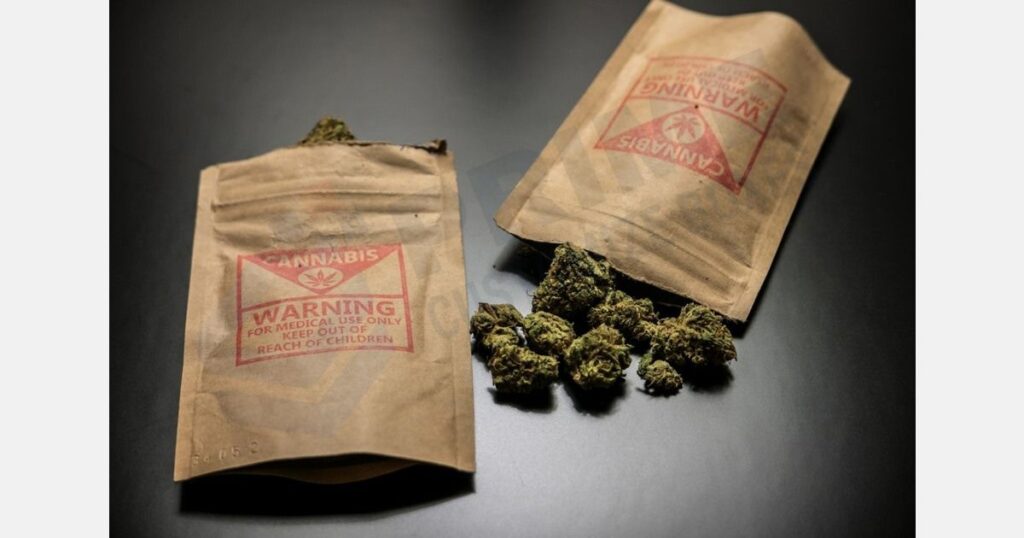
Weed packaging plays a crucial role in preserving freshness, potency, and aroma while meeting regulatory standards for labeling and safety. Modern dispensaries often use custom mylar bags because they are durable, odor-resistant, and designed to keep cannabis protected from moisture and light.
These bags not only maintain product quality but also provide an excellent branding opportunity through customizable designs, colors, and logos. Proper packaging reassures customers about the authenticity and care behind their purchase while also complying with child-resistant and tamper-proof requirements. Ultimately, effective weed packaging enhances both the product’s shelf life and the overall customer experience.
Average Weed Rate In The America’s Legal States
The average price of marijuana in legal states of the USA is mentioned below:
| State | Average Price per Gram |
| California | $10 – $20 |
| Colorado | $7 – $15 |
| Oregon | $4 – $15 |
| Washington | $6 – $12 |
| Nevada | $8 – $16 |
| Illinois | $12 – $20 |
| Michigan | $6 – $12 |
| Arizona | $8 – $14 |
| Massachusetts | $10 – $18 |
| New York | $12 – $20 |
Why Choose Prime Customize Boxes for Your Brand
We specialize in crafting durable, innovative, and eco-friendly packaging tailored to your needs. Our designs enhance brand image, ensure safety, and add value to your products. With advanced technology, premium quality materials, and timely delivery, Prime Customize Boxes is your trusted partner in packaging solutions. Choosing us means choosing reliability, creativity, and customer-focused service that helps your brand shine.
Conclusion
Understanding weed measurements, prices, and packaging is essential for both buyers and sellers in today’s evolving cannabis market. From grams to ounces, each unit serves different consumer needs, while accurate tools like digital scales ensure fairness and consistency.
Price variations across U.S. states and international markets reflect taxes, regulations, and demand, making awareness crucial for getting the best value. Packaging, including practical options like custom mylar bags, not only preserves freshness but also builds trust and brand identity. By staying informed about weights, costs, and storage, customers can make smarter purchasing decisions and enjoy cannabis with confidence.
FAQs
How many grams are in a quarter of weed?
A quarter of weed equals 7 grams.
What is the average price of a quarter in the U.S.?
It typically ranges from $25 to $60, depending on the state and strain.
How long does a quarter of weed last?
It can last from a few days to several weeks, depending on usage.
What’s the best way to store weed for freshness?
Airtight containers or mylar bags keep cannabis fresh and potent.
Why do weed prices vary by state?
Taxes, regulations, and supply-demand differences affect pricing.

